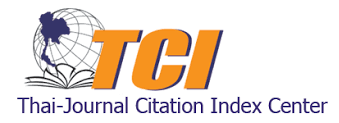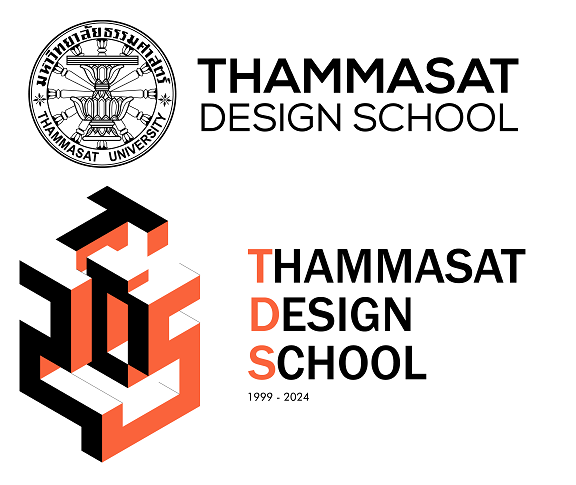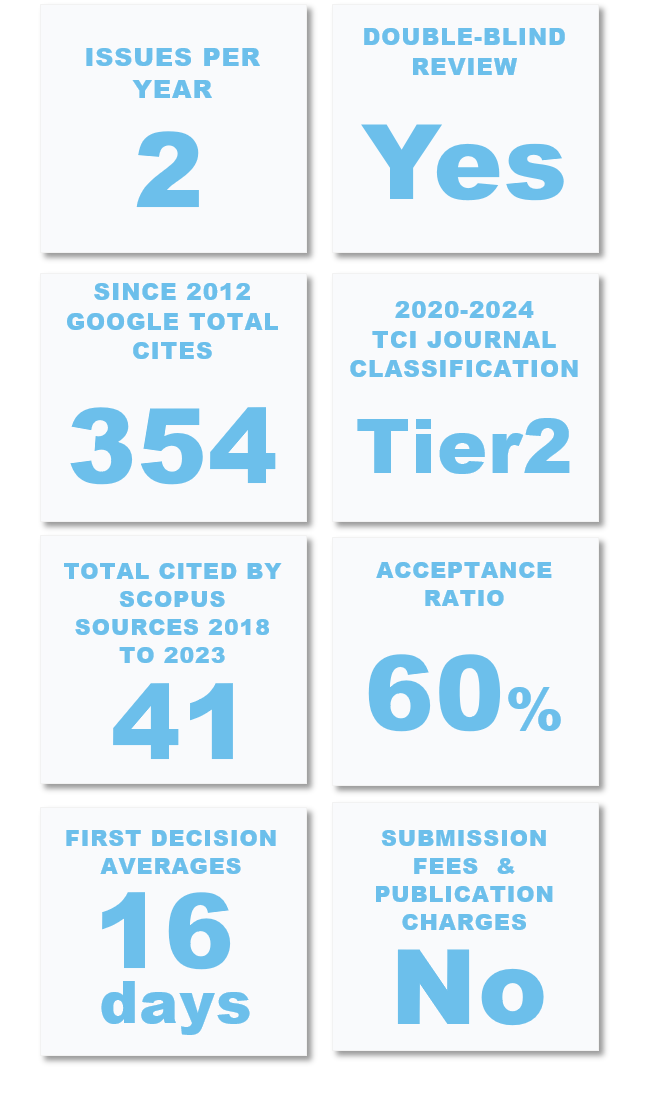Takakura Composting Method (TCM) as An Appropriate Environmental Technology for Urban Waste Management
Keywords:
appropriate technology, Hai Phong, Takakura Composting Method, urban environment, wasteAbstract
The term of “Appropriate Technology (AT)”, introduced by Schumacher which refers to all kind of technologies including environmental technology, has been since developed into a global discourse on technology advancement and its impacts of implementation on human civilisation as seen from various perspectives. The technology could also relate to the basic, fundamental yet innovative technology. Using this perpective, Takakura Composting Method (TCM) always prioritise to be integrated with the local context to have more efficient and effective implementation of its method. This study aims to understand the implementation of TCM on the case study in Hai Phong, Viet Nam, which is a sister city of Kitakyushu which would provide an important base for formulation of a development model for further appropriate and sustainable implementation. This study firstly examined relevant references and extracted the most important socio-economic and cultural key-factors of AT such as: financial mechanisms and cost affordability; technological adaptability and independence; social and cultural acceptability; local needs, demands, and resources; community participation and involvement; commitment from local government; environment consciousness; and continuity and long-term impact. Authors then utilised series of interviews with the main stakeholders to understand the actual implementation. The information from the interviews were utilised as empirical database for a descriptive analysis based on each key-factor. Finally authors concluded that TCM mainly reflects all key factors within its implementation despite of the acknowledgement of several main challenges. Basic understanding of the development model was succesfully generated and the key-factors were recognised as the main components for the basic model. Yet the structure for the development model is still missing.
Downloads
References
Bauer, A. M., & Brown, A. (2014). Quantitative assessment of appropriate technology. Procedia Engineering, 78, 345–358. https://doi.org/10.1016/j.proeng.2014.07.076
City of Kitakyushu, IGES, Nikken Sekkei Civil Engineering Ltd., NTT Data Institute of Management Consulting Inc., Nishihara Corporation, Amita Corporation, & Amita Institute of Sustainable Economies Co. Ltd. (2015). FY2014 “ Large-scale JCM Development Programme for Low Carbon Society in Asia ” Hai Phong Green Growth Action Plan Development in Association with Kitakyushu City: Final Report.
Dunmade, I. (2002). Indicators of sustainability: assessing the suitability of a foreign technology for a developing economy. Technology in Society, 24, 461–471. Retrieved from http://www.elsevier.com/locate/techsoc
IGES White Paper. (2008). Climate Change Policies in the Asia-Pacific: Re-uniting Climate Change and Sustainable Development. Hayama: Institute for Global Environmental Strategies.
Kurniawan, T. A., Puppim De Oliveira, J., Premakumara, D. G. J., & Nagaishi, M. (2013). City-to-city level cooperation for generating urban co-benefits: The case of technological cooperation in the waste sector between Surabaya (Indonesia) and Kitakyushu (Japan). Journal of Cleaner Production, 58, 43–50. https://doi.org/10.1016/j.jclepro.2013.08.002
Lee, S., Vaccari, M., & Tudor, T. (2016). Considerations for choosing appropriate healthcare waste managementtreatment technologies: A case study from an East Midlands NHS Trust, in England. Journal of Cleaner Production, 135, 139–147. https://doi.org/10.1016/j.jclepro.2016.05.166
Maeda, T. (2009). Reducing Waste through the Promotion of Composting and Active Involvement of Various Stakeholders: Replicating Surabaya’s Solid Waste Management Model. IGES Policy Brief. Hayama. Retrieved from http://pub.iges.or.jp/modules/envirolib/view.php?docid=2661
Ministry of the Environment, Japan (MOEJ). (2018). Low- carbon City Profile. Institute for Global Environmental Strategies (IGES): Kanagawa, Japan
Murphy, H. M., Mcbean, E. A., & Farahbakhsh, K. (2009). Technology in Society Appropriate technology – A comprehensive approach for water and sanitation in the developing world. Technology in Society, 31(2), 158–167. https://doi.org/10.1016/j.techsoc.2009.03.010
NTT Data Institute of Management Consulting Inc. (2017). FY2016 Feasibility Study of Joint Crediting Mechanism Project by City to City Collaboration Project to Accelerate Low Carbonization in Hai Phong City (Energy Field) Report.
Putri, P. S. A., & Wardiha, M. W. (2013). Identification Problems in the Implementation Plan of Appropriate Technology for Water and Sanitation using FGD Approach (Case Study: Kampong Sodana, Sumba Island, East Nusa Tenggara Province). Procedia Environmental Sciences, 17, 984–991. https://doi.org/10.1016/j.proenv.2013.02.117
Takeuchi, K., Ichikawa, K., & Elmqvist, T. (2016). Satoyama landscape as social-ecological system: Historical changes and future perspective. Current Opinion in Environmental Sustainability, 19, 30–39. https://doi.org/10.1016/j.cosust.2015.11.001
Trace, S. (2016). Rethink, Retool, Reboot: Technology as if people and planet mattered. Rugby, UK: Practical Action Publishing.
Uddin, S. M. N., Muhandiki, V. S., Sakai, A., Al Mamun, A., & Hridi, S. M. (2014). Socio-cultural acceptance of appropriate technology: Identifying and prioritizing barriers for widespread use of the urine diversion toilets in rural Muslim communities of Bangladesh. Technology in Society, 38, 32–39. https://doi.org/10.1016/j.techsoc.2014.02.002
Weinberger, N., Jörissen, J., & Schippl, J. (2012). Foresight on environmental technologies: Options for the prioritisation of future research funding - Lessons learned from the project “Roadmap Environmental Technologies 2020+.” Journal of Cleaner Production, 27, 32–41. https://doi.org/10.1016/j.jclepro.2011.12.038
Wicklein, R. C. (1998). Designing for appropriate technology in developing countries. Technology in Society,20, 3(Augsut 1998), 371-375. https://doi.org/10.1016/S0160-791X(98)00022-0

Downloads
Published
How to Cite
Issue
Section
License
Copyright (c) 2019 International Journal of Building, Urban, Interior and Landscape Technology (BUILT)

This work is licensed under a Creative Commons Attribution-NonCommercial-NoDerivatives 4.0 International License.











